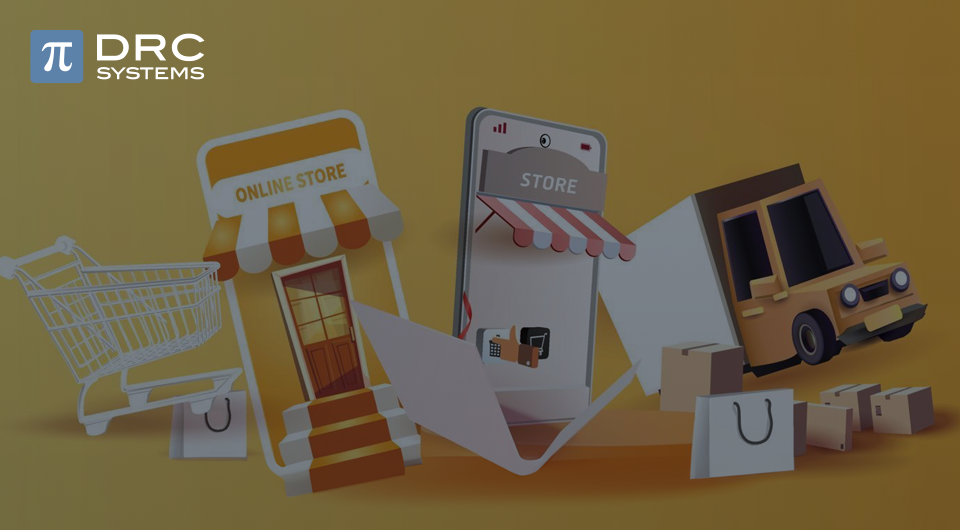Related Articles
How to start an eCommerce business: Step-by-step definitive guide
Wondering how to start a successful eCommerce business? This detailed step-by-step guide will help you get started.
Read The PostLangChain and LLMs: Building Next-Generation AI Applications for Digital Commerce
Artificial Intelligence (AI) is transforming every industry. Advancements in AI are reshaping the digital commerce landscape. It is also evolving…
Read The PostThe Best eCommerce CMS Platforms for your Business
This article discusses the key features of an eCommerce CMS and highlights the best platforms for your business.
Read The Post


